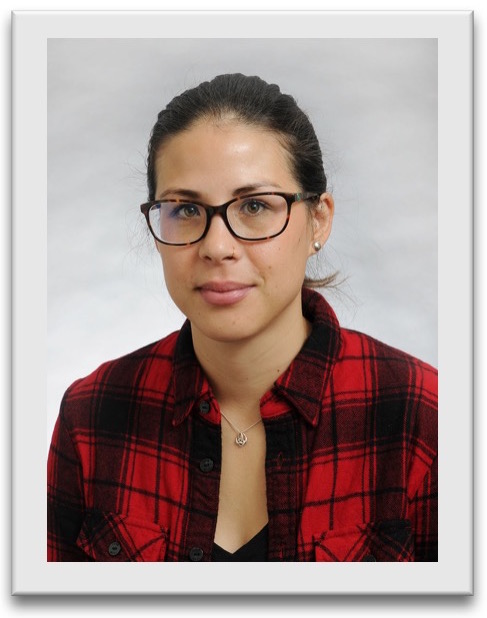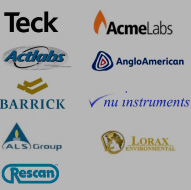 Aleksandra Mloszewska
Aleksandra Mloszewska
Postdoctoral Fellow
University of Toronto
I completed my PhD at the University of Alberta in 2014, and went on to take up a postdoctoral position at the University of Tübinen (Germany). I am a geomicrobiologist, interested in co-evolution of Precambrian marine environments and early life: how did ancient microorganisms initially survive the inhospitable conditions of an early Precambrian marine environment? How (and to what degree) did they impact their environments and vice versa? Are mineralogical/geochemical signatures resulting from these biologically influenced processes still retained in the oldest metasedimentary rocks? These are a few of the exciting questions that drive my interest in the early evolution of life.
Several geological sites have been identified in the Precambrian continental subsurface that contain fracture waters rich in H2, CH4 and hydrocarbons (e.g., butane, ethane and propane), as well as microbial communities of chemolithotrophic bacteria [1]. A pilot study in 2013 identified crustal fluids with residence times of more than 1.1 Ga at 2.4 km depth, in a mine in Timmins Ontario [2]. By using a combination of geological, geochemical and microbiological techniques, I will be investigating the carbon source(s) driving abiotic organic synthesis reactions and supporting deep biosphere communities at this site. Such communities may have been among the first complex ecosystems to colonize our planet when surface conditions were too dangerous to support life. Detailed investigation of deep biosphere communities will allow us to increase our understanding of the early evolution of life on Earth.
[1] Lin et al., 2006. Long term sustainability of a high-energy, low-diversity crustal biome. Science 314, 479. [2] Holland, G. et al., 2013. Deep fracture fluids isolated in the crust since the Precambrian era. Nature 497, 357.
Last updated May 2018


 Catherine Armstrong
Catherine Armstrong Laura Bilenker
Laura Bilenker Priyanka Chandan
Priyanka Chandan Carol Cheyne
Carol Cheyne June Cho
June Cho Sarina Cotroneo
Sarina Cotroneo Jamie Cutts
Jamie Cutts Fiona D'Arcy
Fiona D'Arcy Ashley Davidson
Ashley Davidson Nicolas Estrade
Nicolas Estrade Anaïs Fourny
Anaïs Fourny Evelyn Frères
Evelyn Frères Elizabeth King
Elizabeth King Alexander Lemieux
Alexander Lemieux Miling Li
Miling Li Marc-Antoine Longpré
Marc-Antoine Longpré Gregor Lucic
Gregor Lucic Kalina Malowany
Kalina Malowany Eduardo Mansur
Eduardo Mansur Jill McDermott
Jill McDermott Rhy McMillan
Rhy McMillan Aleksandra Mloszewska
Aleksandra Mloszewska Nichole Moerhuis
Nichole Moerhuis Emily Mullen
Emily Mullen Genna Patton
Genna Patton Jean-David Pelletier
Jean-David Pelletier Elizabeth Phillips
Elizabeth Phillips Nabila Rahman
Nabila Rahman Lindsay Reynolds
Lindsay Reynolds Luiz Felipe Salim Amaral
Luiz Felipe Salim Amaral Cheyenne Sica
Cheyenne Sica Elliott Skierszkan
Elliott Skierszkan Kate Smith
Kate Smith Natalie Szponar
Natalie Szponar Victoria Tweedie
Victoria Tweedie Tom Ver Hoeve
Tom Ver Hoeve Clara Waelkens
Clara Waelkens Nicole Williamson
Nicole Williamson Anne Wozney
Anne Wozney Wang Zheng
Wang Zheng


 Site by Sprout Creative
Site by Sprout Creative